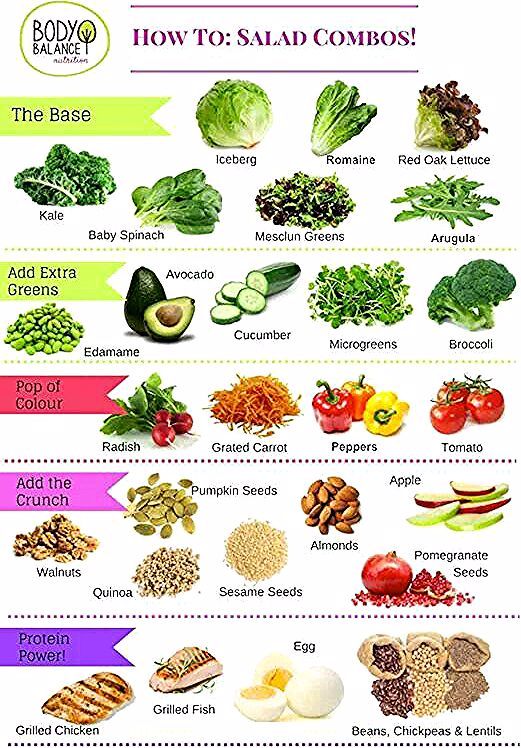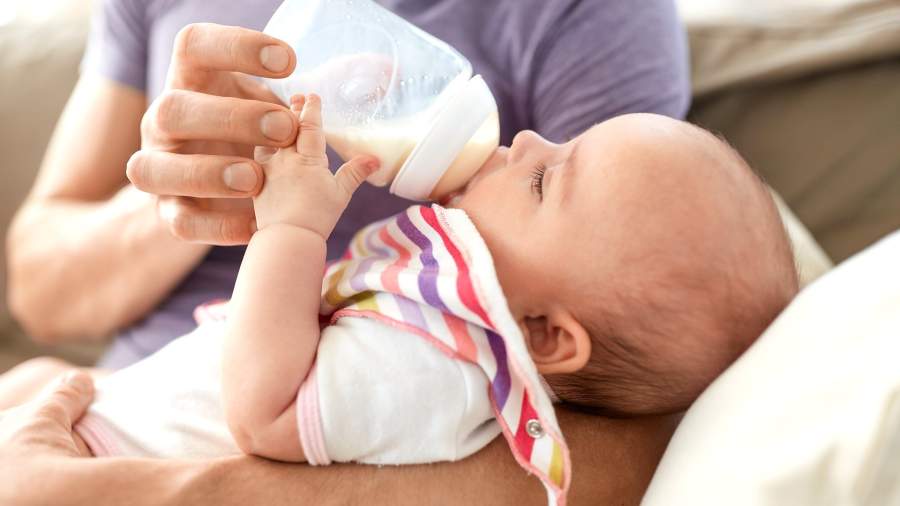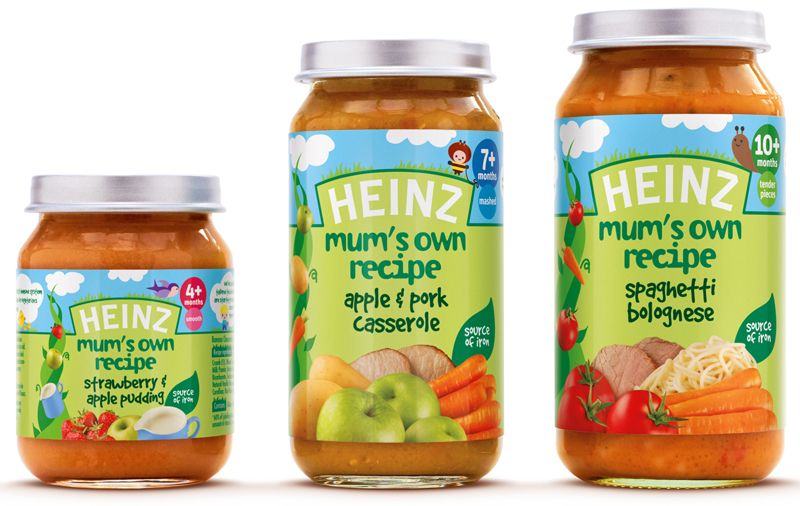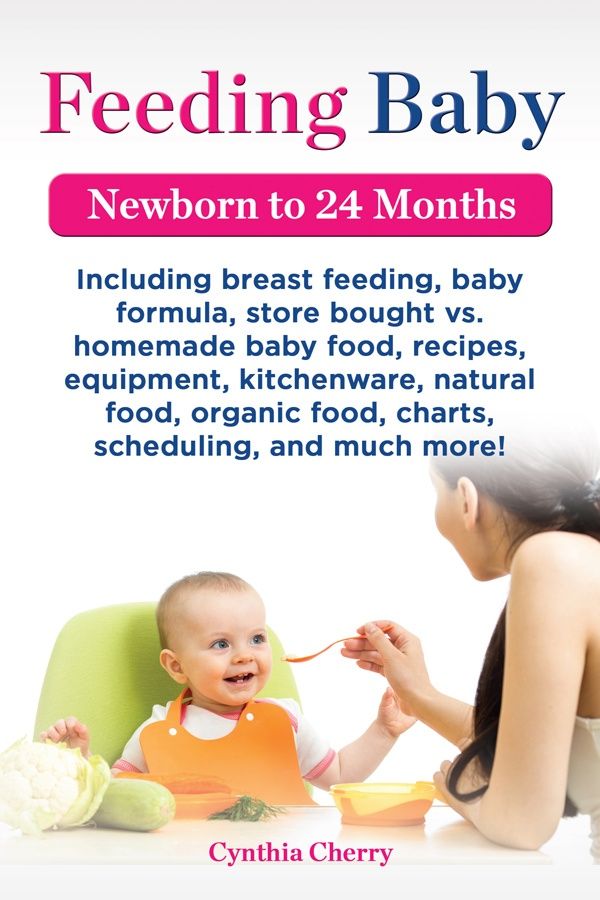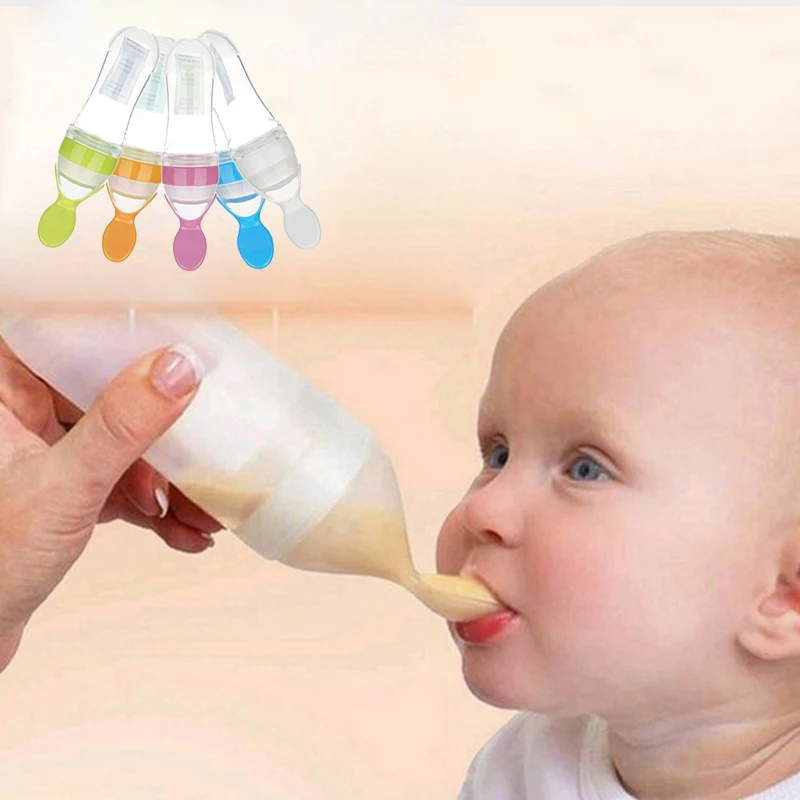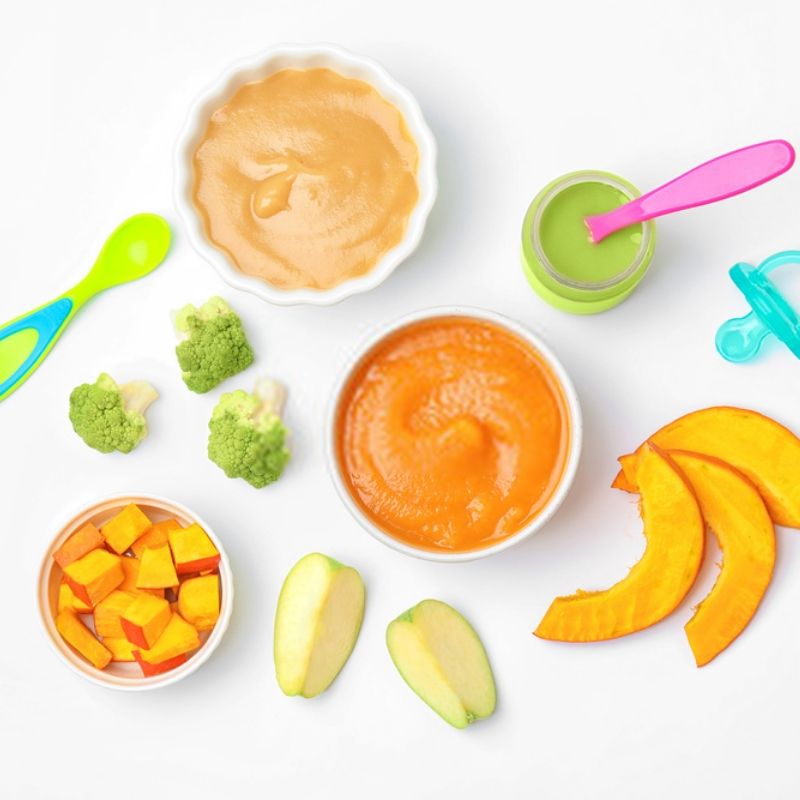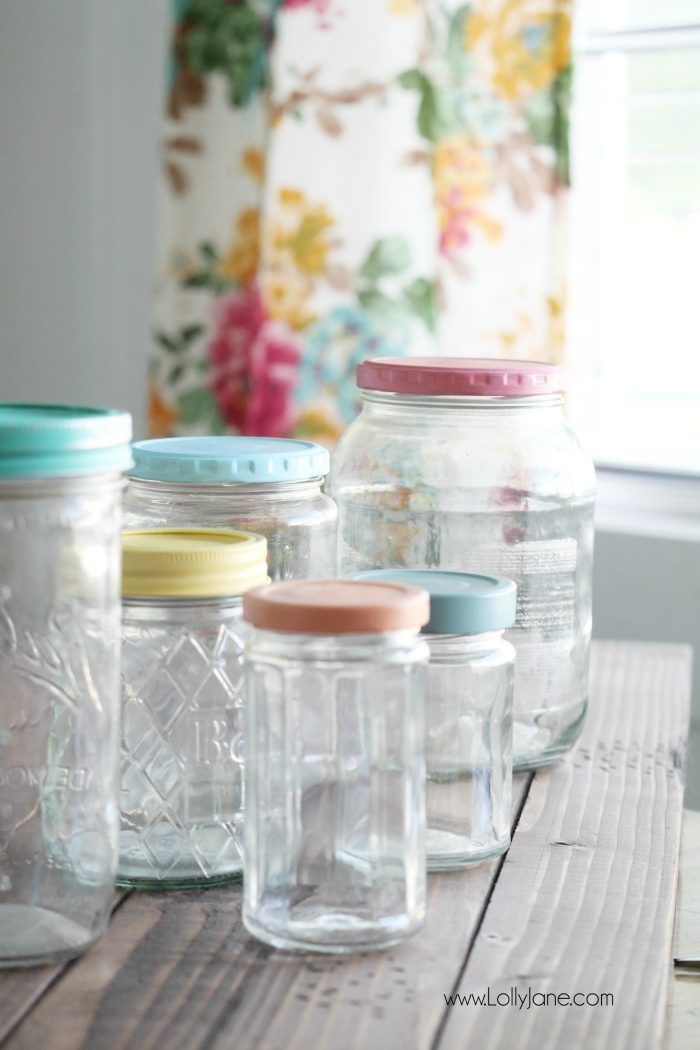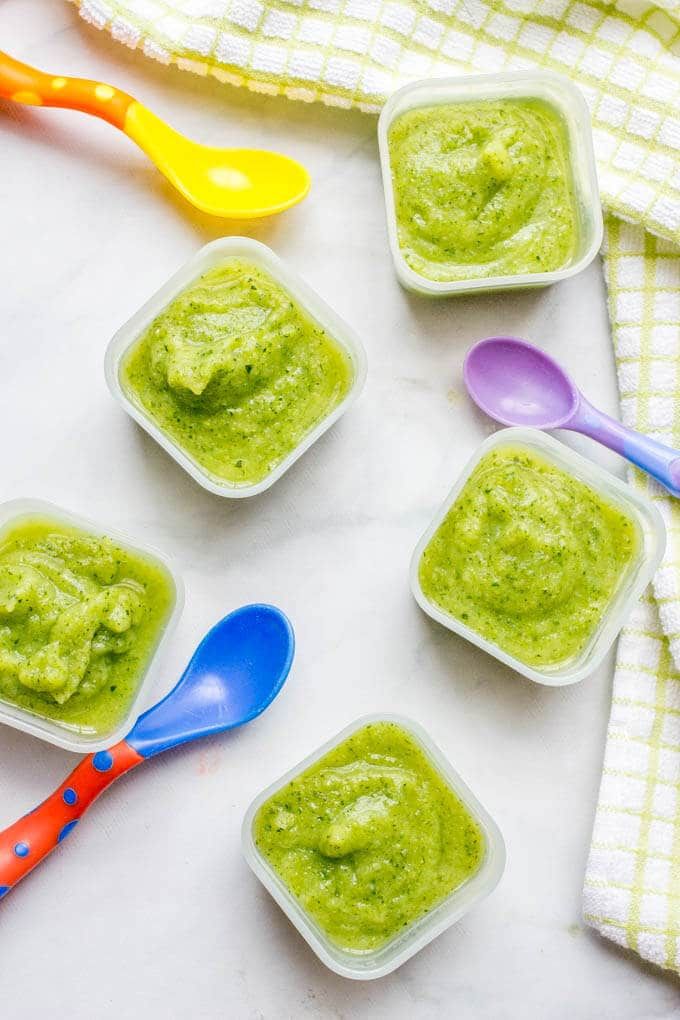Kale baby food combinations
Kale Baby Food Puree Combinations (Stage 2)
I’m coming at you with some more baby food recipes today! These three new baby food puree recipes feature kale. Kale is one of my favorite leafy greens and it’s so easy to add to stage 2 (and beyond) baby food! I’ll go over how to add healthy ingredients like apples, spinach, carrots, and bananas to kale to make delicious purees for baby below. These recipes are dairy free and only include whole ingredients.
There are endless possibilities when it comes to baby food combinations. Please feel free to try different combos depending on what ingredients you already have on hand. Also, check out my 6 Baby Food Combinations blog post if you’re looking for more ideas. I go over how to make purees and feature more fruit and veggie combinations in that post.
How to prepare kale for baby food
To prepare the kale for the baby food puree, make sure the kale is washed thoroughly with the stems removed. Then chop the kale into about 1-inch pieces. Alternatively, you can usually find kale already cut and prepared in the grocery store if you want to save time. Either way, fresh clean kale is what I am using in these recipes.
How to cook kale for baby food
If you are just cooking kale for baby food in general, all you need to do is add about ¼ cup of water to a saucepan (enough to cover the bottom of the pan). Heat the water so it is boiling and then add the prepared kale. Stir and let the kale wilt for about 1-2 minutes. It will turn bright green and become soft. Remove from the heat and then add it to your blender to puree. I will go over how to cook the kale with the recipes below but I thought it would be helpful to know how to steam the kale alone if needed.
3 Kale Baby Food Puree Combos
Kale + Spinach + Apple Puree
Puree Ingredients: ½ cup kale (washed and cut) + ½ cup spinach (washed) + ½ cup apple (washed, cut, and peeled)
Directions:
Steam: In a small saucepan or pot, add enough water to cover the bottom of the pot (about ¼ cup but add more water as you steam the apples if all the water evaporates). Then add the peeled apple slices to the pot. Cover and heat on medium-high. Steam the apples until they are soft when poked with a fork. Then remove the cover and add the clean kale and spinach. Stir and let the kale and spinach wilt (about 1 minute).
Then add the peeled apple slices to the pot. Cover and heat on medium-high. Steam the apples until they are soft when poked with a fork. Then remove the cover and add the clean kale and spinach. Stir and let the kale and spinach wilt (about 1 minute).
Drain: Once the kale and spinach are wilted, remove the pot from the heat and drain the excess liquid into a small bowl. Set aside.
Puree: To make the puree, add the steamed apples, kale and spinach to a blender or food processor. Blend until puree forms. Add the leftover pot water, if needed, for desired consistency.
Kale + Spinach + Carrot Puree
Puree Ingredients: ½ cup kale (washed and cut) + ½ cup spinach (washed) + ½ cup carrots (washed, cut, and peeled)
Directions:
Steam: In a small saucepan or pot, add enough water to cover the bottom of the pot (about ¼ cup but add more water as you steam the carrots if all the water evaporates).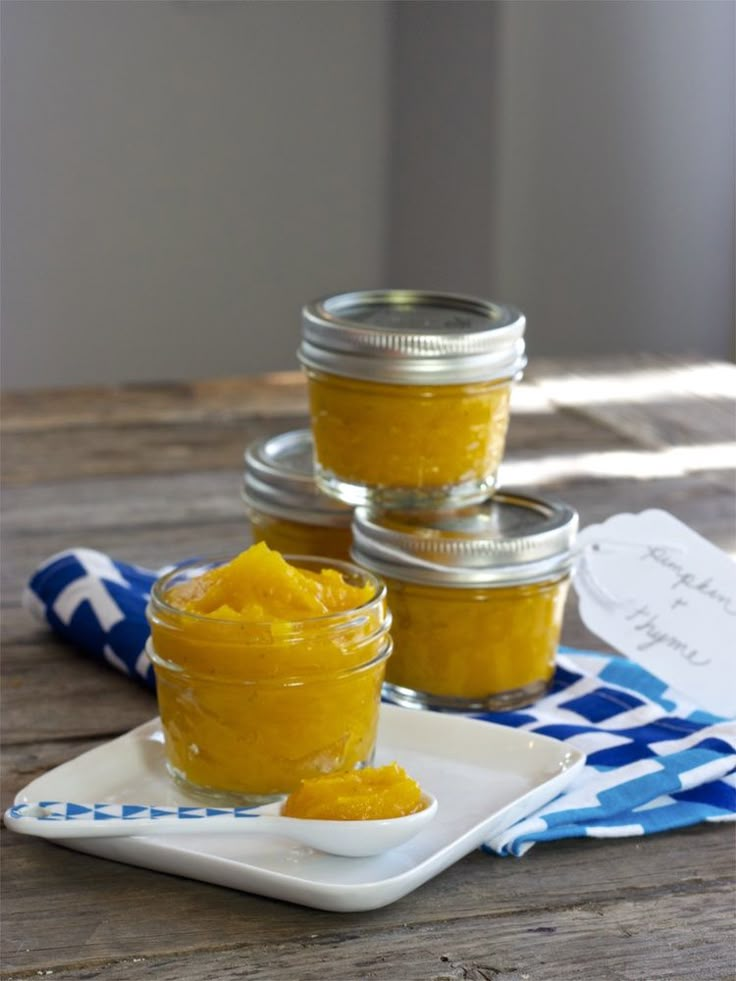 Then add the peeled and cut carrots to the pot. Cover and heat on medium-high. Steam the carrots until they are soft when poked with a fork. Then remove the cover and add the clean kale and spinach. Stir and let the kale and spinach wilt (about 1 minute).
Then add the peeled and cut carrots to the pot. Cover and heat on medium-high. Steam the carrots until they are soft when poked with a fork. Then remove the cover and add the clean kale and spinach. Stir and let the kale and spinach wilt (about 1 minute).
Drain: Once the kale and spinach are wilted, remove the pot from the heat and drain the excess liquid into a small bowl. Set aside.
Puree: To make the puree, add the steamed carrots, kale and spinach to a blender or food processor. Blend until puree forms. Add the leftover pot water, if needed, for desired consistency.
Kale + Apple + Banana Puree
Puree Ingredients: ½ cup kale (washed and cut) + ½ cup apple (washed, cut, and peeled), ¼ cup banana (peeled)
Directions:
Steam: In a small saucepan or pot, add enough water to cover the bottom of the pot (about ¼ cup but add more water as you steam the apples if all the water evaporates). Then add the peeled apple slices to the pot. Cover and heat on medium-high. Steam the apples until they are soft when poked with a fork. Then remove the cover and add the clean kale. Stir and let the kale wilt (about 1 minute).
Then add the peeled apple slices to the pot. Cover and heat on medium-high. Steam the apples until they are soft when poked with a fork. Then remove the cover and add the clean kale. Stir and let the kale wilt (about 1 minute).
Drain: Once the kale is wilted, remove the pot from the heat and drain the excess liquid into a small bowl. Set aside.
Puree: To make the puree, add the steamed apples, kale and peeled banana to a blender or food processor. Blend until puree forms. Add the leftover pot water, if needed, for desired consistency.
How to Store Homemade Baby Food Purees
I go over how I store baby food more in-depth in my 6 baby food combinations blog post but in general, I use glass containers to store the purees in the fridge. The homemade baby food usually lasts about 3 days in the refrigerator. I also use these food safe silicone trays from Amazon to freeze the baby food purees. Once the purees are frozen I add the frozen cubes to a freezer safe ziplock bag. Then when I’m ready to use the puree, I just unthaw the individual cubes and keep the rest frozen. They usually last in the freezer for up to 3 months.
Once the purees are frozen I add the frozen cubes to a freezer safe ziplock bag. Then when I’m ready to use the puree, I just unthaw the individual cubes and keep the rest frozen. They usually last in the freezer for up to 3 months.
More Baby Food Recipes:
- 6 Homemade Baby Food Combinations (Stage 2)
- 3 Sweet Potato Baby Food Combinations (Stage 2)
- How To Make Baby Oatmeal
- Applesauce Baby Pancakes
Let's connect!
I love hearing from you! If you want to see more baby related content or have a question, please let me know. Feel free to leave a comment and follow us on Instagram for more recipes and behind the scenes action. Have a great day!
This post contains affiliate links. Thank you for supporting With Sweet Honey!
Blender
- ½ cup kale washed and cut
- ½ cup spinach washed
- ½ cup apple washed, cut, and peeled
- a little bit of water if needed, to thin
- ½ cup kale washed and cut
- ½ cup spinach washed
- ½ cup carrots washed, cut, and peeled
- a little bit of water if needed, to thin
- ½ cup kale washed and cut
- ½ cup apple washed, cut, and peeled
- ¼ cup banana peeled
- a little bit of water if needed, to thin
Choose one of the combinations above.
 Follow the instructions above to steam the fruit and veggies.
Follow the instructions above to steam the fruit and veggies.Add the ingredients to a high powered blender or food processor to make the puree. Add some leftover water if needed to thin.
Serve or store in the refrigerator or freezer. See above section on how to store baby food for more details.
Tried this recipe?Tag @withsweethoney on Instagram!
Apple + Kale Baby Food Puree (6 months and up)
by Michele Olivier on July 11, 2017 (updated Feb 25, 2021)
Jump to Recipe
5 stars (4 ratings)
This smooth and sweet Apple + Kale Baby Food Puree is a fun and easy way to introduce mighty kale to your little one. Great for 6+ months – Stage 2 Baby Food.
Apple Kale Baby FoodKale can be a tough vegetable to introduce into your baby’s diet.
Too much kale in a puree and it can become super bitter 🙊.
Too little kale and you are missing out on essential nutrients.
To find the perfect balance – we are going to steam the apples until just tender and then cook the kale for a super short time to make sure we find the magical combination of kale and apple that baby will love 💚.
REASONS TO LOVE THIS Apple + Kale BABY FOOD PUREE:- great baby food for 6+ months
- stage two puree
- 2 simple ingredients
- super smooth and creamy
- delicious green puree
- easy to make – less than 15 minutes
- freezer-friendly
- budget-friendly
- homemade
- healthy
- organic – can easily (and cheaply) use organic apples and kale
Apple – this is the base of the puree.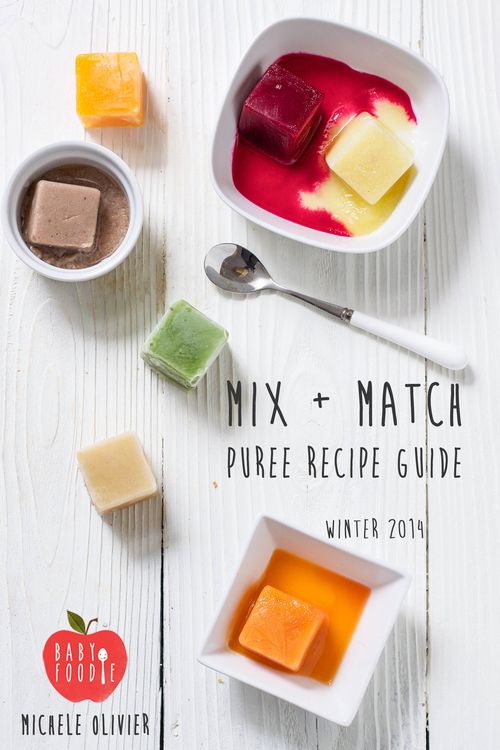 Apple puree is sweet, simple and provides a solid base for almost any puree for baby without it being too watery. Most babies love apple puree so using it as a base for any vegetable combination is a common way to get baby to eat denser vegetables. But don’t count apples out for adding in a ton of nutrition. Apples are loaded with two different kinds of fiber, vitamins C, K and B6, potassium and they are a great source of antioxidants. These nutrients combined make apples an anti-inflammatory food that helps improve digestion, promotes bone health, aides pulmonary function and helps fight cardiovascular disease.
Apple puree is sweet, simple and provides a solid base for almost any puree for baby without it being too watery. Most babies love apple puree so using it as a base for any vegetable combination is a common way to get baby to eat denser vegetables. But don’t count apples out for adding in a ton of nutrition. Apples are loaded with two different kinds of fiber, vitamins C, K and B6, potassium and they are a great source of antioxidants. These nutrients combined make apples an anti-inflammatory food that helps improve digestion, promotes bone health, aides pulmonary function and helps fight cardiovascular disease.
Kale – mighty kale! The superfood which every adult loves (or hates) to eat. Kale is loaded with vitamins K, A, C and B6, manganese, copper, calcium, iron and folate, just to name a few of its many nutrients. Put all of these together and kale helps support a healthy heart, promotes eye health, and aides in brain development in babies! Kale is truly super food for both you and baby.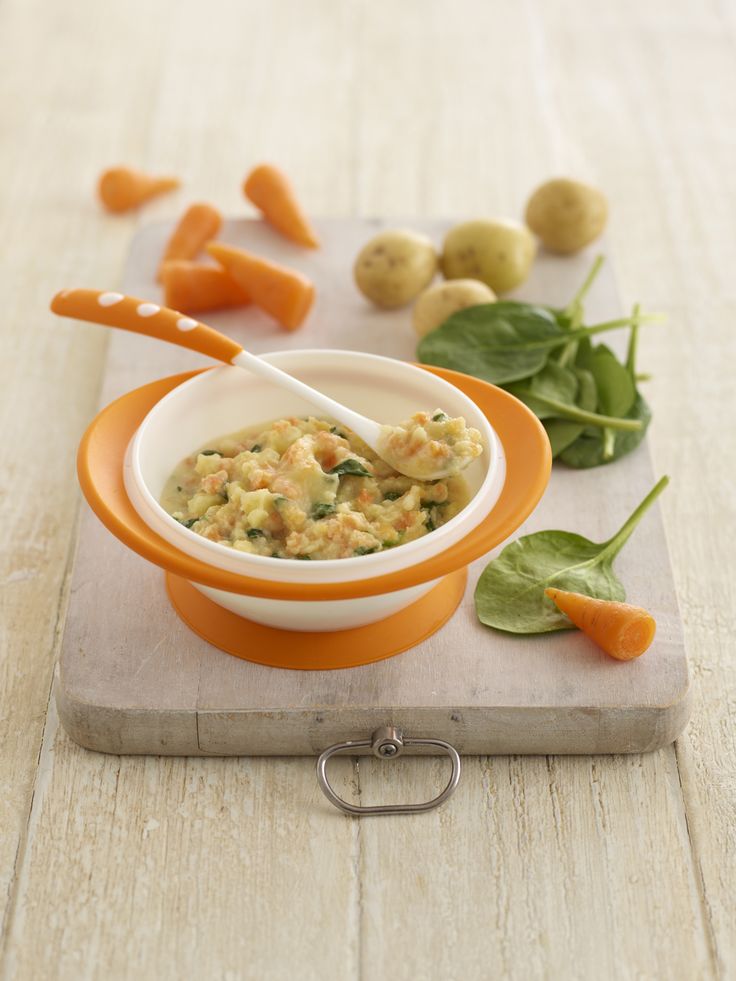
- Peel, core and chop apples.
- Place the apples into a steamer basket, and steam for 8-9 minutes.
- Add in the kale and steam for 1-2 more minutes or until the kale is just wilted.
- Place all ingredients into a blender and puree for 1-2 minutes on medium-high speed until completely smooth.
- Serve to baby or freeze for a later meal.
I like to serve this puree with a big spoonful of plain full-fat yogurt mixed in, because when you are going to serve this many nutrients to baby you might as well go all the way. Go big or go home, is my motto! Plain full-fat yogurt is a great way to add in some healthy fats that are great for brain development, probiotics to promote a healthy gut and calcium for healthy bones and muscles.
Any way you serve this puree, it will be a winner in your little ones eyes (and mouth)!
TOOLS YOU’LL NEED- Medium Saucepan
- Steamer Basket
- Blender or Food Processor
- Freezer Tray
- Storage Containers for Fridge
- 7 Organic Starter Baby Purees for Under $20
- 15 Stage One Baby Purees (that actually taste delicious)
- 10 Super Starter Purees for Baby (Tips, Recipes and Starters Guide on How to Feed Baby)
- 5 Minute Mango Baby Food Puree
- Sweet Potato Baby Puree – 3 Delicious Ways
I’D LOVE TO KNOW HOW IT TURNED OUT! LEAVE A COMMENT AND A ⭐️ RATING BELOW 👇
- 4 apples, peeled, cored and roughly chopped
- 1/2 cup kale, roughly chopped
In a medium saucepan over medium heat, bring 2 inches of water to a boil.
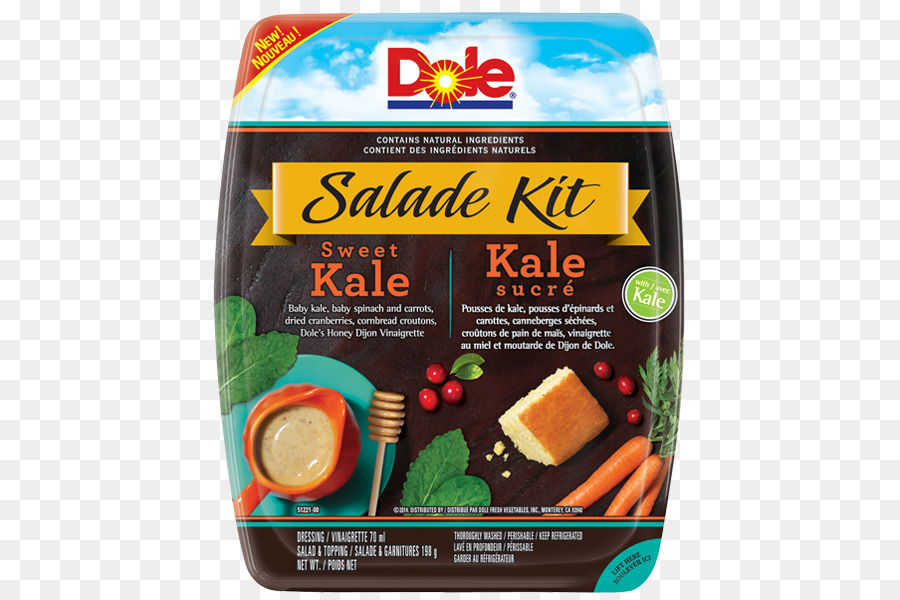 Place the chopped apples into a steamer basket over the boiling water, cover and steam for 8-9 minutes or until tender when pricked with a fork. Place the kale over the apples, cover and steam for an additional 1-2 minutes or until the kale is just wilted. Let cool slightly. Reserve steamer water.
Place the chopped apples into a steamer basket over the boiling water, cover and steam for 8-9 minutes or until tender when pricked with a fork. Place the kale over the apples, cover and steam for an additional 1-2 minutes or until the kale is just wilted. Let cool slightly. Reserve steamer water.Place all of the ingredients into a blender or food processor and puree for 1-2 minutes or until completely smooth. If your puree is too thick, add in the reserved steamer water, breast milk, formula or water into the blender in 1/4 cup incraments until you achieve your desired texture. I had to use 1/2 cup of reserved steamer water for the puree featured above, but amounts of added liquid will vary with each batch.
Serve to baby or freeze for another meal.
Spice It Up: Feel free to add in 1/2 tsp cinnamon, 1/4 tsp ginger, 1/8 tsp cloves, 1/2 tsp vanilla extract or all of the above for a spice sensation!
Age: from about 6 months and up
Yield: roughly 18 ounces
Storage: Fridge – store in an airtight container in the fridge for 3-4 days. Freezer – can be frozen for up to 4 months (this and this are my favorite freezer storage containers).
Freezer – can be frozen for up to 4 months (this and this are my favorite freezer storage containers).
Favorite Kitchen Tools: Get a list of my favorite kitchen tools to make the best baby food here!
Did you make this recipe?
Tag @babyfoode on Instagram and hashtag it #babyfoode!
Pin Recipe Email a Friend
Cauliflower - Encyclopedia Baby food
Levchuk Victoria© Levchuk Victoria©Approximately at 6-7 months you can introduce cauliflower into the baby's diet. This vegetable contains vitamins C and K and belongs to slightly allergenic foods, which is why it is so useful for baby food.
Cauliflower (like other cruciferous vegetables such as broccoli and Brussels sprouts) is loaded with various phytochemicals that are said to help prevent cancer. Just one cup of cauliflower contains vitamin A, vitamin C, and even calcium. Cauliflower is a great addition to a healthy diet.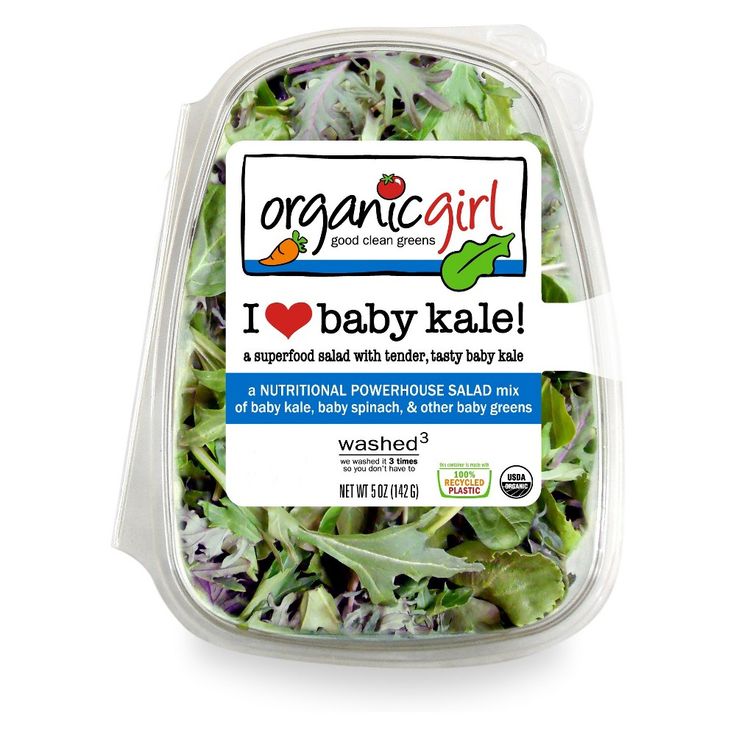
Like broccoli, cauliflower is not a good choice for a baby's first food. Since its use can lead to gas formation, and it will also be a little difficult for the baby to digest it. Cauliflower is best given to infants between 8-10 months of age, but can be introduced earlier. If the child has any digestive problems, it is best to introduce cauliflower into the baby's diet later than before. However, not everything is so bad, an allergic reaction to cauliflower is extremely rare, it is easier to digest and less gas formation than other types of cabbage. The main thing to remember is that cauliflower has anti-inflammatory properties, helps to eliminate toxins, has a positive effect on blood vessels, intestinal microflora, the baby's nervous system, etc.
As always, we recommend that you consult your child's pediatrician before introducing solid foods.
The size of the cauliflower does not affect the taste and buying the largest or smallest is not so important.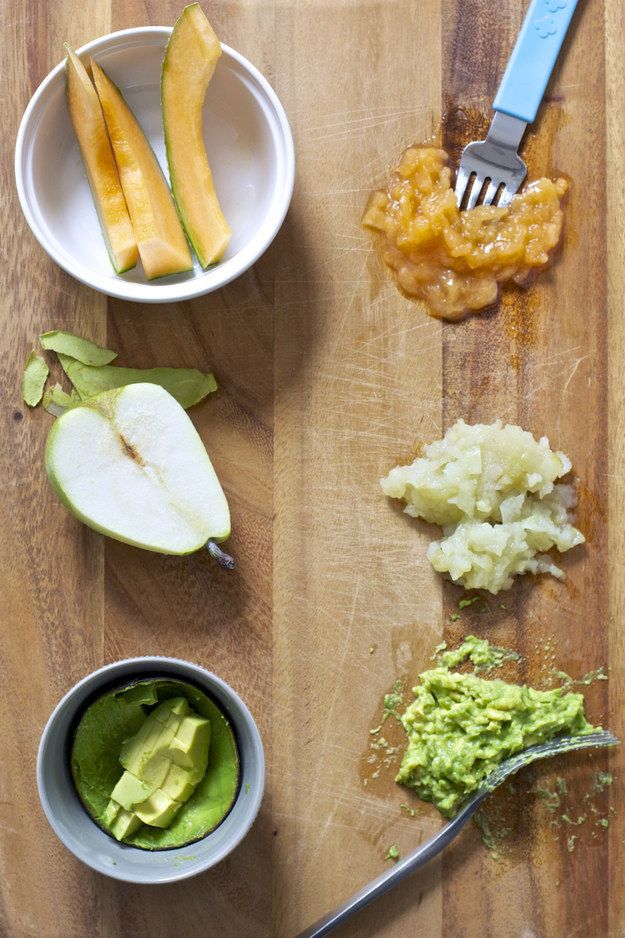 The most important thing is that the cabbage is completely wrapped in green leaves, without brown spots, the flowers themselves are not sluggish and loose.
The most important thing is that the cabbage is completely wrapped in green leaves, without brown spots, the flowers themselves are not sluggish and loose.
Store cauliflower stem side down in a plastic bag in the refrigerator. Cauliflower should not be washed before storage. Importantly, this type of cabbage belongs to perishable products, so we store it for no more than 4-7 days, and it is best to use it immediately after purchase.
Cauliflower is excellent for freezing. There are 2 types of freezing:
- Fresh cauliflower is divided into inflorescences, washed, dried and frozen with quick freezing, then put in a bag.
- Fresh cauliflower is also divided into florets, washed, blanched for 3 minutes, dried and frozen in a quick freeze, then put in a bag.
The last method is more acceptable, since the taste of cabbage almost does not change, and with the first method of freezing, the taste changes significantly, so most mothers choose cauliflower blanching.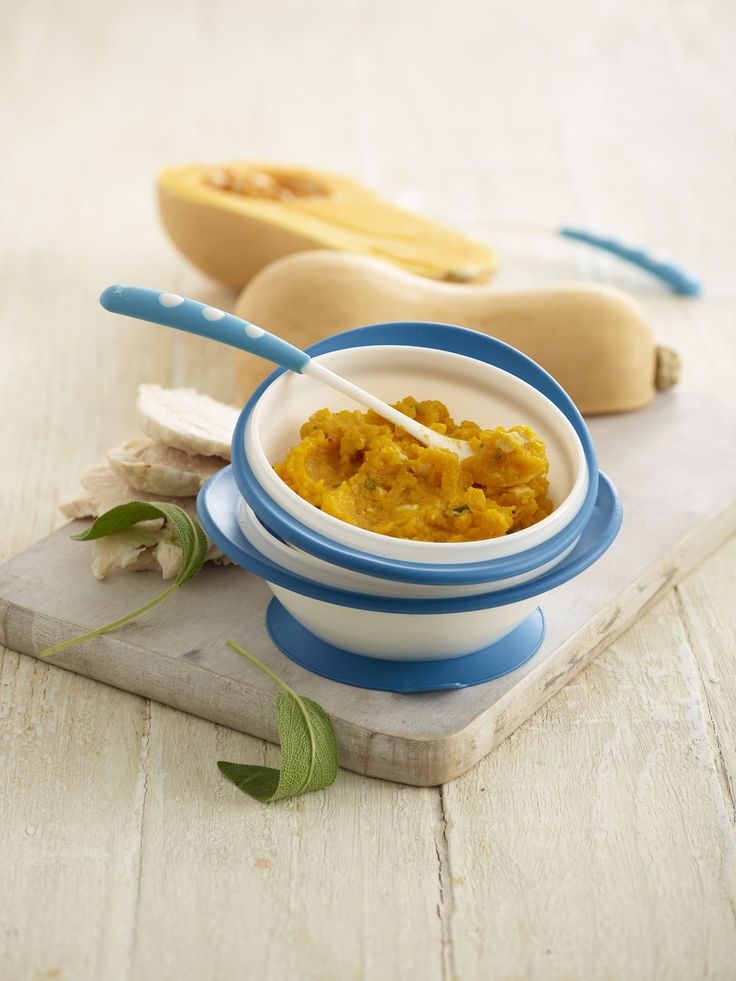
However, if cauliflower is harvested for the winter for future complementary foods or for a one-year-old baby, then it is best to increase the blanching time by three times, and thoroughly wash the tray in which the cabbage will be stored, and it is better to pour boiling water over it. And before blanching, soak the cabbage in salted water for 20 minutes so that all insects have time to escape.
Frozen cauliflower will keep for about 9 months. The main thing is not to forget to write down the date of freezing on the package.
Cauliflower puree can also be frozen for baby in an ice tray, then transferred to a normal bag for longer storage. Cauliflower puree may be slightly watery when it thaws.
When cooking cauliflower, it is best to use a steamer, slow cooker or pressure cooker to preserve all the nutrients, ie. cook it for a couple. Baking or frying is another cooking option. Roasted cauliflower is already a separate dish, rarely baked cauliflower, by itself, without being part of the recipe.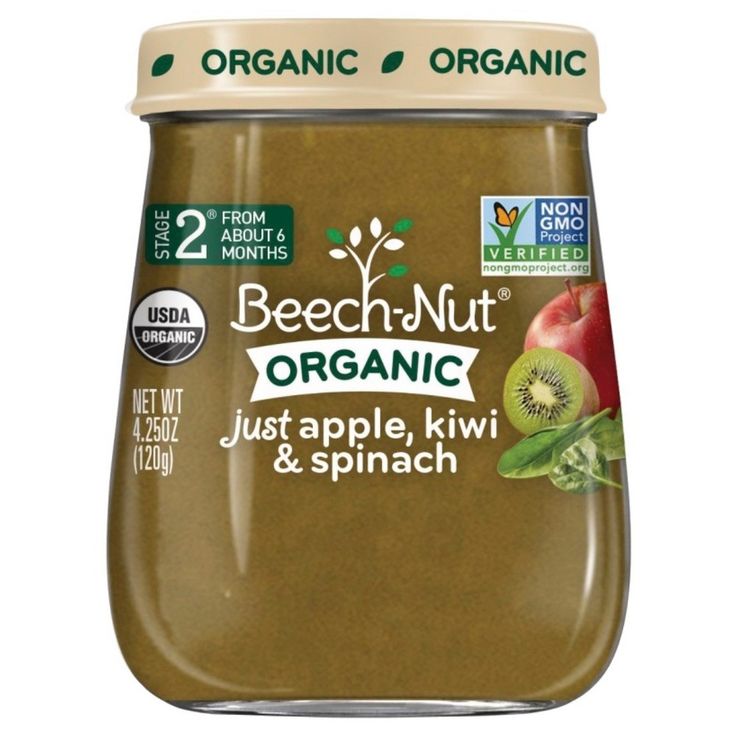
There is no official dosage of cauliflower consumption per week by a child, therefore, after introducing the product into the diet to the prescribed norm, it can be given three times a week in the form of soup, steamed mashed potatoes. This product is great as a finger food, for the development of hand motor skills and chewing reflex. The main thing is to monitor the condition of the baby, whether the stomach hurts, whether there is swelling after eating, etc.
Contents:
Cauliflower must be thoroughly washed, green leaves removed and divided into inflorescences. Sometimes it is pre-soaked in salted water to get rid of bugs and nitrates.
Usually cabbage florets are dipped in boiling water and boiled for about 5-7 minutes, until tender. However, you can use a slow cooker, a pressure cooker, and a double boiler.
After the cauliflower is cooked, leave a little vegetable broth (if the vegetable is from your own garden), and pass the cabbage itself through a press or beat with a blender.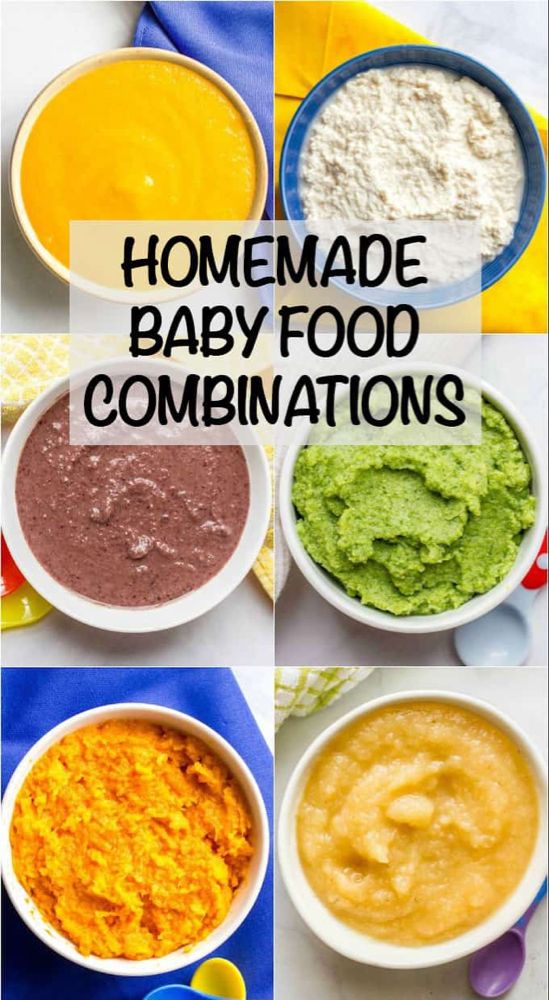 Add vegetable broth until the desired consistency is obtained. Vegetable broth can be replaced with breast milk, milk formula or plain boiled water. In cauliflower puree, you can add a little sunflower oil, only if the oil is introduced into the baby's diet.
Add vegetable broth until the desired consistency is obtained. Vegetable broth can be replaced with breast milk, milk formula or plain boiled water. In cauliflower puree, you can add a little sunflower oil, only if the oil is introduced into the baby's diet.
Like this article? Subscribe to site updates
"Encyclopedia Baby Food"!
Don't forget to bookmark us! (CTRL+SHIFT+D) Subscribe to the site, comment, share in social networks.
Our website Encyclopedia Baby Food has useful information on the nutrition of your children, which is useful for everyone, and we update the website "Encyclopedia Baby Food" constantly and try to search and write only excellent, verified and necessary information for you and your children.
Disclaimer No. 1: It must be understood that the author of the articles on the Baby Food Encyclopedia website is not a medical staff, “I am not a doctor.” The information I share is based on my own experience.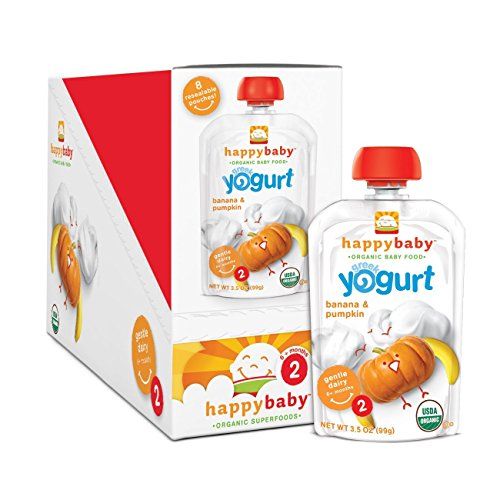 My goal is not to teach you how to eat or feed your child, but to talk about how we did it, what new things I learned or read. This expands the picture of Baby Food knowledge, gives you a glimpse of the whole process so you can decide if you like it or not.
My goal is not to teach you how to eat or feed your child, but to talk about how we did it, what new things I learned or read. This expands the picture of Baby Food knowledge, gives you a glimpse of the whole process so you can decide if you like it or not.
Disclaimer No. 2 : However, the above does not cancel a visit to the pediatrician. Before you start complementary foods, you need to get his professional opinion on the best way to introduce new foods for your baby. I also draw your attention to the fact that you need to look at the original date of the published articles, because some of the "best practices" may have changed. Always check with your child's pediatrician about complementary foods and their health.
Disclaimer #3: Keep in mind that every family is unique, every situation is also completely unique. There are no universal solutions. Only you can find what works best for you. Certain goals require certain sacrifices and priorities - not everyone wants to make those choices, and that's GREAT! Just know what you want to achieve, and be ready to get to work, putting the best of your strength!
Disclaimer No.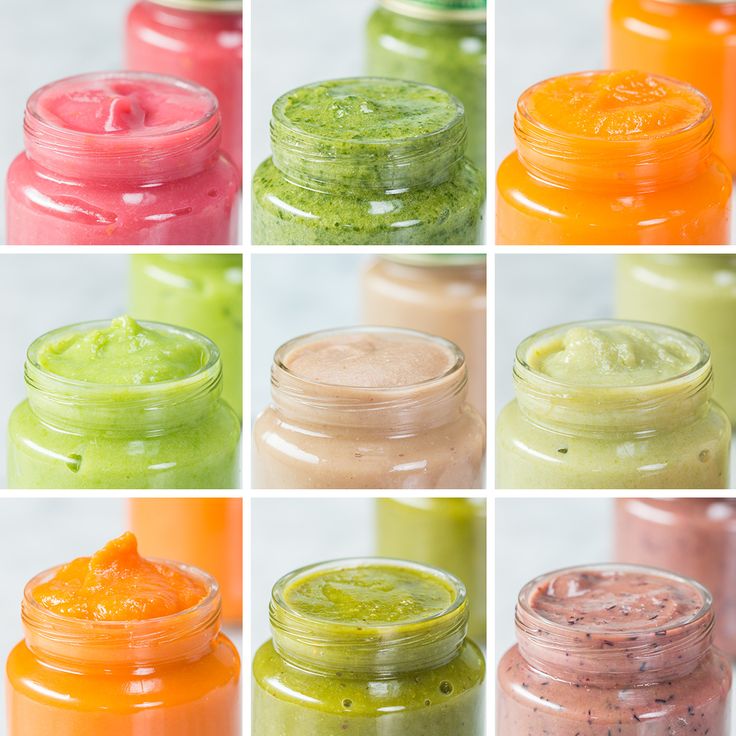 4: On the Encyclopedia Baby Food website, photos from books on baby food with attribution are used to better understand the information (Article 1274, paragraph 1, part four of the Civil Code of the Russian Federation). Literature on baby food is found in the public domain on the Internet.
4: On the Encyclopedia Baby Food website, photos from books on baby food with attribution are used to better understand the information (Article 1274, paragraph 1, part four of the Civil Code of the Russian Federation). Literature on baby food is found in the public domain on the Internet.
Apricot puree with chicken
Banan-global puree
Banana puree
borsch
broth with peas and rice
Boturbrod with kohlrabi
Rapid dessert
sins
General cities Buckwheat porridge with apricots
Buckwheat porridge with banana
Buckwheat pilaf
Children's sausage
Children's milk porridge with banana
Children's vinaigrette
Children's ketchup
Children's cucumber salad
Children's salad Olivier
Children's porridge biscuits
Children's puree of strawberries, bananas, yellow cherries, yoghurt and biscuits with cereals
Children's puree with cottage cheese and fruit
Homemade yeast bread with flax flour
Homemade cheese
Homemade pizza
3 Breakfast outside Kohlrabi appetizer
Roasted cauliflower
Roasted carrots
Roasted carrots and cherries with millet
Winter salad with Jerusalem artichoke
Cabbage with white beans
Cabbage salad like in a canteen
Mashed potatoes
Quinoa and pumpkin porridge
Quinoa porridge
breakfast porridge
Quinoa and apple
Strawberry puree
Strawberry puree with banana
Strawberry compote
Wild apple and raspberry compote
Thermo-steamed fruit compote for children 8 months
Corn porridge
Corn porridge with pear
Corn porridge with pumpkin
Corn porridge with pumpkin and carrots
Corn porridge with apple and carrots
Chicken liver in the oven
Chicken cutlets with carrots
Chicken with carrots, sweet peppers and potatoes
Navy pasta
Pasta with orange sauce
Gremolata pasta
Muffins with vegetables and egg
Jacket new potatoes
Vermicelli milk soup6 Carrot puree
Carrot-rice casserole
Carrots with chicken
Amanita from eggs and tomatoes
Meat envelopes
Homemade Tarragon drink for children
Vegetable puree from cauliflower and carrots
Vegetable soup with corn semolina
Vegetable soup with cheese and corn semolina
Vegetable soup with spinach
Vegetable soup-puree with bell pepper
Oatmeal porridge
Pollock fritters
Hot kefir fritters
Omelet in a bag
Spinach and Cheese Omelet
Omelette Pancake
Peach Puree
Baked Apples 7 months +
Zucchini and Carrot Pie
Zucchini Pie
Rice and Zucchini Pie
Fish Pie
Fish and potato pie
White cabbage pizza
Lavash pizza
Zucchini, tomato and sausage pizza
Tomato and olive pizza
Spinach pizza
Rabbit pilaf
Chicken pilaf with green peas and corn Puree 9016 and cherries
Banana, cottage cheese and porridge puree 4 cereals
Broccoli (cauliflower) puree
Broccoli, courgette and cauliflower puree
Blueberry puree
Pear puree
Pear and banana puree
Pear and banana puree, baked
Pear and pumpkin puree 7 months +
Pear, pumpkin and peach puree
Pear, apple, plum and prunes puree
Blackberry puree
Turkey puree
Zucchini puree 90 zucchini and broccoli
Zucchini, carrot and potato puree
Quinoa and banana puree
Quinoa and carrot puree
Quinoa, banana and carrot puree
Quinoa, squash and carrot puree
Quinoa, peach and raspberry puree
quinoa, cauliflower, apple, peas and mint
Quinoa, apple, pear and raisin puree
Quinoa, apple, carrot puree
Rabbit, broccoli and cauliflower puree
Chicken, carrot, potato, apple and pea puree
Raspberry, cherry and banana puree
Carrot and Apple Puree
Carrot, Potato, Broccoli and Cheese Puree
Carrot, Potato, Apple and Quinoa Puree
Carrot, Pumpkin, Apple and Prune Puree
Carrot, Apple and Potato Puree
Turnip and carrots
Plum puree
Cottage cheese, strawberry and banana puree
Pumpkin puree
Pumpkin and banana puree
Pumpkin and squash puree
Pumpkin and apple puree
Pumpkin, apple and banana puree
Cauliflower and broccoli puree
Cauliflower puree
Cauliflower and broccoli puree and potatoes
Cauliflower and rice puree
Cauliflower and apple puree
Cauliflower, green peas and squash puree
Cauliflower, turkey and potato puree
Cauliflower, potato and squash puree
Cauliflower, carrot and broccoli puree
Cauliflower, carrot, cheese and rice puree
Cauliflower, apple and courgette puree
Zucchini puree
Zucchini and potato puree
Zucchini, carrot and apple puree 90 cherries
Blueberry puree
Prune puree
Apple, pumpkin, carrot and some curry puree
Apple and pear puree
Apple and strawberry puree
Apple, strawberry and cherry puree
Apple, peach and banana puree
Carrot and pumpkin puree
Cottage cheese and banana puree
Turkey, potato and carrot stew
Zucchini, carrot and broccoli stew
Fish, potato, carrot and broccoli stew
Rice porridge
Whole grain rice porridge
carrot
Rice porridge with pumpkin
Rice porridge with apples
Rice porridge with apple and pear
Rice porridge with apple and pumpkin
Fish cakes with vegetables
Semi-cooked fish
Fish meatballs with ketchup
Fish Soup for Baby
Fish Soup with Salmon and Celery
Carrot and Kohlrabi Salad
Chickpea Salad
Chickpea and Cabbage Salad
Laziest Soup
Creamy Kohlrabi Soup
Oatmeal Smoothie
Pot Sauce
Cheesy Pizza
Pea and Bacon Soup
Baked Vegetable Soup
Kohlrabi Soup
Salmon Soup
Cauliflower Soup
Turnip Potato Soup
Meatball Soup for the Picky Eater
Green apple kohlrabi soup
Rabbit, pumpkin, potato, broccoli and cauliflower soup
Beetroot soup
Pumpkin mushroom soup
Broccoli and celery soup
Soup/stew Pork with Potatoes and Carrots
Cheburek Chebureks
Pumpkin Cheese Sauce (Annabelle Carmel Recipe)
Buzz Lightyear Sandwich
Pumpkin Apple Puree
Pumpkin Apple Juice
Pumpkin Cake
Pumpkin Soup9 Puree
6 Fruit Salad
3 Bread lavash
Cauliflower with cheese
Linden and thyme tea
Experimental noodle soup with lentils
Apple puree
Apple juice
Like this article? Subscribe to site updates
"Encyclopedia Baby Food"!
Don't forget to bookmark us! (CTRL+SHIFT+D) Subscribe to the site, comment, share in social networks.

On our website Encyclopedia Baby Food there is useful information on the nutrition of your children, which is useful for everyone, and we update the website "Encyclopedia Baby Food" constantly and try to search and write only excellent, verified and necessary information for you and your children.
Disclaimer No. 1: It must be understood that the author of the articles on the Baby Food Encyclopedia website is not a medical staff, “I am not a doctor.” The information I share is based on my own experience. My goal is not to teach you how to eat or feed your child, but to talk about how we did it, what new things I learned or read. This expands the picture of Baby Food knowledge, gives you a glimpse of the whole process so you can decide if you like it or not.
Disclaimer No. 2 : However, the above does not cancel a visit to the pediatrician. Before you start complementary foods, you need to get his professional opinion on the best way to introduce new foods for your baby. I also draw your attention to the fact that you need to look at the original date of the published articles, because some of the "best practices" may have changed. Always check with your child's pediatrician about complementary foods and their health.
I also draw your attention to the fact that you need to look at the original date of the published articles, because some of the "best practices" may have changed. Always check with your child's pediatrician about complementary foods and their health.
Disclaimer #3: Keep in mind that every family is unique, every situation is also completely unique. There are no universal solutions. Only you can find what works best for you. Certain goals require certain sacrifices and priorities - not everyone wants to make that choice, and that's GREAT! Just know what you want to achieve, and be ready to get to work, putting the best of your strength!
Disclaimer No. 4: On the Encyclopedia Baby Food website, photos from books on baby food with attribution are used to better understand the information (Article 1274, paragraph 1, part four of the Civil Code of the Russian Federation). Literature on baby food is found in the public domain on the Internet.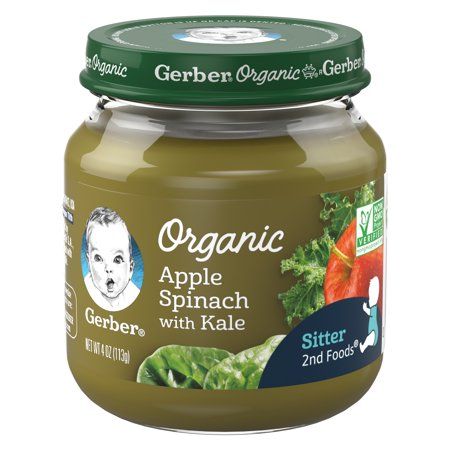
Disclaimer No. 5: Content, editing, proofreading, layout, etc. produced ONLY by the author of the site Encyclopedia Baby food. Therefore, I apologize for spelling, punctuation and stylistic errors. If you notice a mistake, please report it, and do not write angry comments about the illiteracy of the author of the article.
Apricot puree with chicken
Banana-apple puree
Banana puree
Borscht
Broth with peas and rice
Baby mashed potatoes with cottage cheese and fruits
Home yeast bread with linen flour
Home cheese
Home pizza
Breakfast on the street
Opeling from kolrabi
Baked carrots
Baked carrots and cherries with a prose of 9016 white beans
Cabbage salad
Mashed potatoes
Quinoa and pumpkin porridge
Quinoa porridge
Breakfast cereals
Quinoa and apple
Strawberry puree
Strawberry puree with banana
Strawberry compote
Compote of wild apples and raspberries
Compote of dried fruits steamed in a thermos for a baby over 8 months
Corn porridge
Corn porridge with pear
Corn porridge9 with pumpkin
Corn and carrot porridge3 Corn porridge with apple and carrots
Chicken liver in the oven
Chicken cutlets with carrots
Chicken with carrots, sweet peppers and potatoes
Navy pasta
Pasta with orange sauce
Pasta with Gremolata
Muffins with vegetables and egg
New potatoes in their skins
Vermicelli milk soup
Carrot and potato puree
Carrot and rice casserole
Carrot with chicken
Fly agaric from eggs and tomatoes children
Cauliflower and carrot vegetable puree
Vegetable soup with corn semolina
Vegetable soup with cheese and corn semolina
Vegetable soup with spinach
Vegetable puree soup with bell pepper
Oatmeal porridge
pancakes from polions
pancakes on hot kefir
omelet in the package
omelet with broccoli and cauliflower
omnete with spinach and cheese
Persian pyra
baked pies of kaba and pile of cable
Rice and zucchini pie
Fish pie
Fish and potato pie
White cabbage pizza
Lavash pizza
Zucchini, tomato and sausage pizza
Tomato and olive pizza
Pizza with spinach
Rabbit pilaf
Chicken pilaf with green peas and corn
Banana and cherry puree
Banana, cottage cheese and porridge puree 4 grains
Broccoli (cauliflower) puree
Broccoli, squash and cauliflower puree
Blueberry puree
Pear puree
Pear and banana puree
Pear and banana puree, baked
Pear and pumpkin puree 7 months +
Pear, pumpkin and peach puree
Pear, apple, plum and prunes puree
Blackberry puree
Turkey puree
Zucchini puree
Zucchini and broccoli puree
Zucchini, carrot and potato puree
Quinoa and banana puree
Quinoa and carrot puree
Quinoa, banana and carrot puree 9061
Quinoa, peach and raspberry puree
Quinoa, cauliflower, apple, pea and mint puree
Quinoa, apple, pear and raisin puree
Quinoa, apple, carrot puree
Rabbit, broccoli and mint puree cauliflower
Chicken, carrot, potato, apple and pea puree
Raspberry, cherry and banana puree
Carrot puree
Carrot and apple puree
Carrot, potato, broccoli puree with cheese
Carrot, potato, apple and quinoa puree
Carrot, pumpkin, apple and prunes puree
Carrot, apple and potato puree
Turnip and carrot puree
Plum puree
Cottage cheese, strawberry and banana puree
Pumpkin puree
Pumpkin and banana puree
Pumpkin and banana puree
and zucchini
Pumpkin and apple puree
Pumpkin, apple and banana puree
Cauliflower and broccoli puree
Cauliflower and potato puree
Cauliflower and rice puree
Cauliflower and apple puree
Cauliflower and green pea puree and squash
Cauliflower, turkey and potato puree
Cauliflower, potato and squash puree
Cauliflower, carrot and broccoli puree
Cauliflower, carrot, cheese and rice puree
Cauliflower, apple and squash puree
Zucchini puree
Zucchini and potato puree
Zucchini, carrot and apple puree
Cherry puree
Blueberry puree
Prune puree
Apple, pumpkin, carrot and some curry puree
toy puree apple and strawberry puree
Apple, strawberry and cherry puree
Apple, peach and banana puree
Carrot and pumpkin puree
Cottage cheese and banana puree
Turkey, potato and carrot stew
Zucchini, carrot and broccoli stew
Fish, potato, carrot and broccoli stew
Rice porridge
Whole grain rice porridge
Rice porridge with carrots
Rice porridge with pumpkin
Rice porridge with apples
Rice porridge with apple and pear
Rice porridge with apple and pumpkin
Rice porridge with apple and pumpkin
cutlets with vegetables
Ready-to-cook fish
Fish meatballs with ketchup
Fish soup for children
Fish soup with salmon and celery
Carrot and kohlrabi salad
Chickpea salad
Chickpea and cabbage salad
Laziest Soup
Creamy Kohlrabi Soup
Oatmeal Smoothie
Pot Sauce
Cheese Pizza Sauce
Pea and Bacon Soup
Roasted Vegetable Soup
Kohlrabi Soup
Cauliflower Soup
Salmon Soup with potatoes and turnips
Meatball soup for the picky eater
Kohlrabi puree with green apple
Rabbit, pumpkin, potato, broccoli and cauliflower soup
Beetroot puree
Pumpkin puree with mushrooms
Broccoli and Celery Soup
Pork Potato and Carrot Soup/Steady
Cheburek Chebureks
Pumpkin Cheese Sauce (Annabelle Carmel Recipe)
Buzz Lightyear Sandwich
Pumpkin-Apple Puree
Pumpkin-Apple63 Pumpkin Juice
Puree Soup
Fruit Salad
Mango Fruit Salad
Lavash Bread
Cauliflower with Cheese
Linden and Thyme Tea
Experimental Vermicelli and Lentil Soup
Applesauce
Apple Juice
Cabbage in children's nutrition - chemical composition, types and benefits for the child
A wide variety of cabbages are grown in Russia: cauliflower, Savoy, red and white cabbage, Beijing, Brussels, even kohlrabi.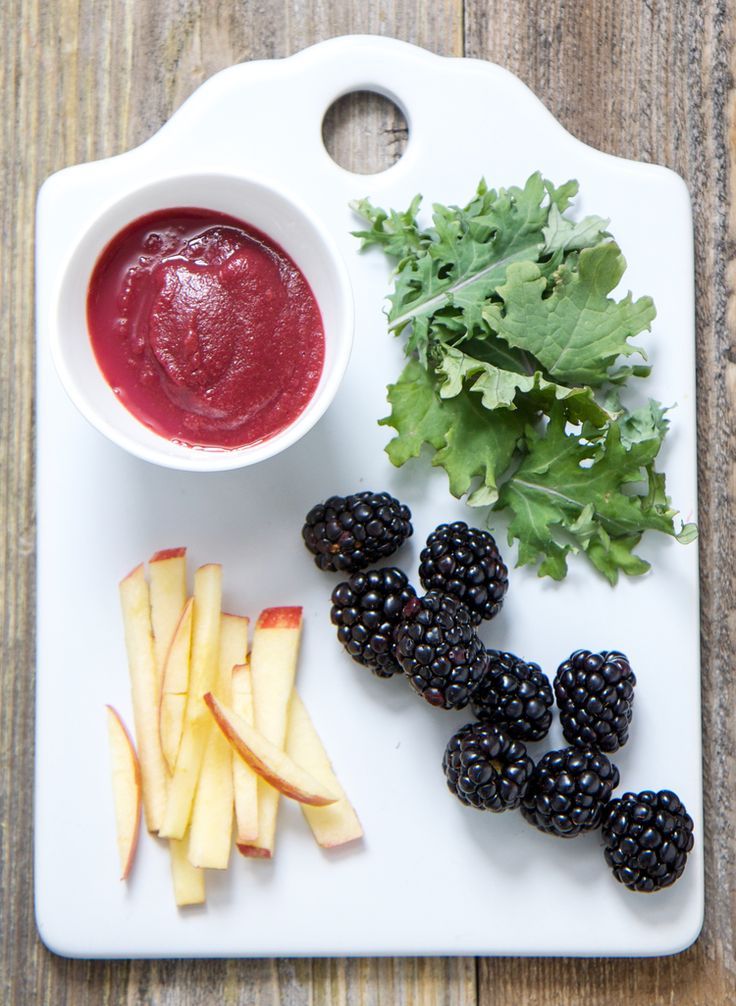 All of these species are slightly different in chemical composition, but all are very useful. The most common type is white cabbage. It was prescribed for digestive disorders in ancient Egypt.
All of these species are slightly different in chemical composition, but all are very useful. The most common type is white cabbage. It was prescribed for digestive disorders in ancient Egypt.
There are so many types of cabbage, but not all of them are suitable for baby food. What kind of cabbage can be given to children without fear? What is the chemical composition and properties of cabbage. We will try to understand these issues in this article.
Chemical composition and benefits of common cabbage
Cabbage is 90% water, the rest is carbohydrates - 6%, including fiber, and proteins - 2%. Cabbage has a very high content of vitamin C (ascorbic acid), as well as vitamins B1, B2, PP, A, E and K. In addition, it has a lot of potassium, calcium, magnesium and other minerals. Cabbage and fresh juice from it contain a complex of substances that help heal ulcerative defects of the mucous membrane, with reduced secretion. After consulting a doctor, cabbage can be used to treat certain diseases of the intestines and liver.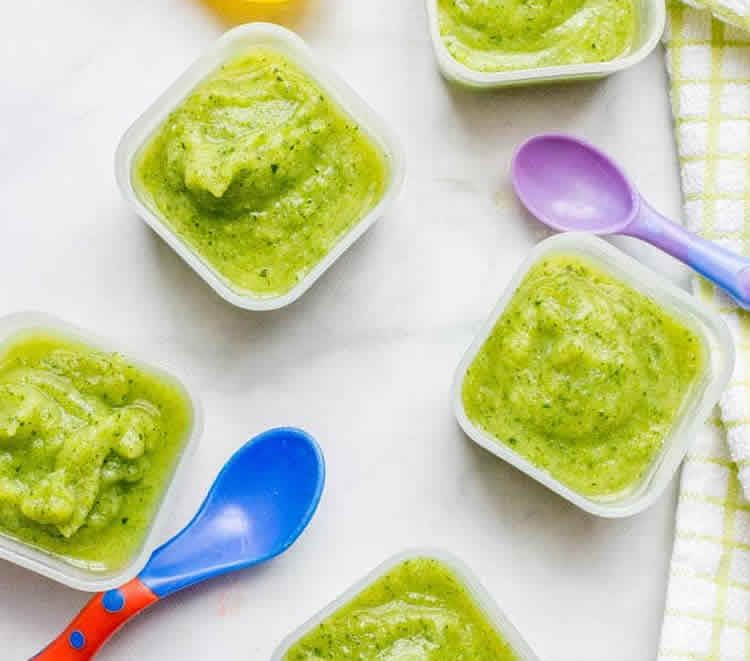
It is useful for problems such as:
- beriberi;
- bronchitis;
- hemorrhoids;
- headache;
- overweight.
Cabbage is a low-calorie product, it contains only 28 kcal. per 100g, so it is also used for overweight. With a tendency to constipation, cabbage is recommended due to its high content of dietary fiber. However, it can cause bloating and gas in some children.
Cabbage is very well stored, so it is used in the diet almost all year round and in a wide variety of forms: fresh salads, side dishes, pies, borscht, sauerkraut. Surely every housewife has her own simple salad recipes, in which cabbage is the main ingredient - this is a very common vegetable. The daily intake of cabbage is up to 100 g.
Fresh cabbage is considered the most useful. However, it must be properly stored so that it retains its vitamins throughout the long winter. Moreover, the content of ascorbic acid in it is practically preserved all year round. Vitamins are perfectly preserved in both fresh and sauerkraut.
Vitamins are perfectly preserved in both fresh and sauerkraut.
Cabbage in the diet of children
Some types of cabbage are advised to introduce crumbs into the diet already after 5-6 months. But not all cabbage is equally good for a baby's tummy. For example, kohlrabi and white cabbage can cause bloating because they contain coarse polysaccharides that are difficult to digest. Without fear, the baby can be offered cauliflower and broccoli, which are dietary products.
It is cauliflower and broccoli that occupy a priority place among vegetables with which weaning foods begin. These vegetables contain more delicate fiber than white cabbage and do not irritate the gastric mucosa.
Despite all the benefits of sauerkraut, it is recommended to give it even washed to children after three years. In borscht and soups, most children do not like cabbage. And for good reason: it loses most of its useful properties there. But many children love to gnaw on stumps - both healthy and tasty. Just do not give children the core from the first head of cabbage, the earliest.
Just do not give children the core from the first head of cabbage, the earliest.
Broccoli for a child - what is the use and how to cook a child
Raw cabbage is not suitable for children - products for children require heat treatment. This also applies to broccoli. This type of cabbage can be boiled, steamed, stewed.
Broccoli has a very high content of vitamin C - more only in lemons! Moreover, this cabbage contains vitamin C not in the form of ascorbic acid, but in the form of ascorbigen, which is not destroyed during storage. So, you can feed your baby with a healthy product throughout the year.
In addition, broccoli is rich in essential amino acids, which is why its nutritional properties can be put on a par with egg proteins and beef.
Cauliflower in baby food
Separately, I would like to say about cauliflower. She has a completely different structure and taste, and vitamin and mineral composition than her white sister.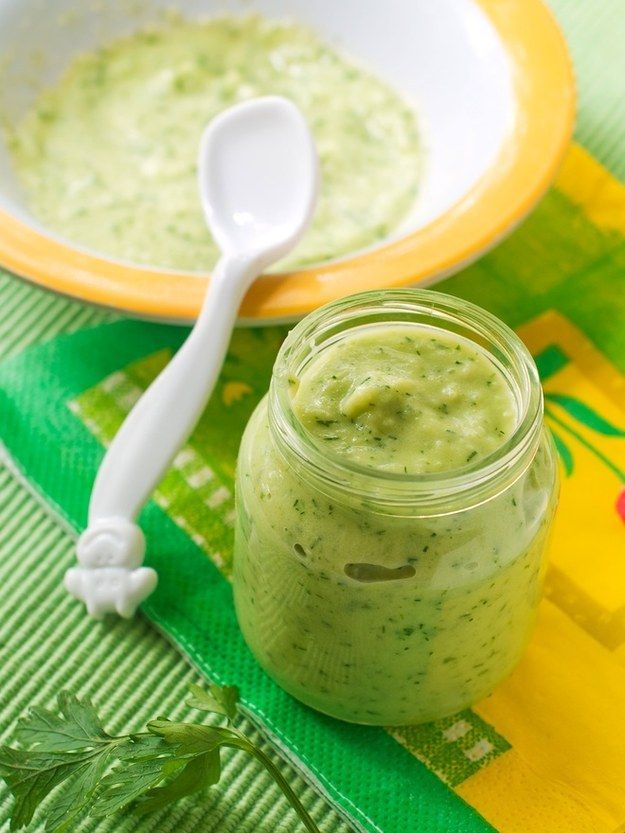 Ascorbic acid in cauliflower is almost 1.5 times more than in cabbage or kohlrabi. It also surpasses its relatives in the content of vitamin PP, and it contains exactly twice as many vitamins B1 and B2. The protein in cauliflower is also twice as much as in white cabbage. It is also rich in potassium, magnesium and iron. It must be cooked carefully in order to preserve all the useful substances - if boiled, then under the lid and not for long.
Ascorbic acid in cauliflower is almost 1.5 times more than in cabbage or kohlrabi. It also surpasses its relatives in the content of vitamin PP, and it contains exactly twice as many vitamins B1 and B2. The protein in cauliflower is also twice as much as in white cabbage. It is also rich in potassium, magnesium and iron. It must be cooked carefully in order to preserve all the useful substances - if boiled, then under the lid and not for long.
It is not for nothing that cauliflower is called a dietary product - it is very low in calories: only 29 kcal per 100g of the product. But at the same time, it satisfies hunger well. In addition, cauliflower puree is the recommended first food for a baby, along with vegetables such as zucchini.
Another type of cabbage - Savoy cabbage
Savoy cabbage differs from white cabbage in its corrugated wrinkled leaves of different shades of green.
In the countries of Western Europe, in France and Italy, where Savoy cabbage is widespread, it is called Milanese.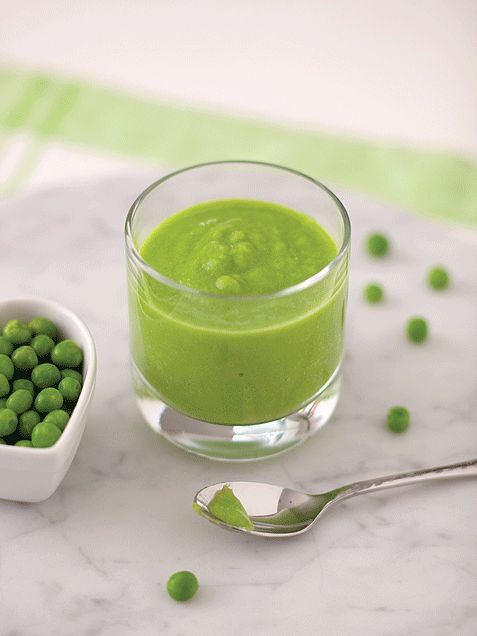 Savoy cabbage tastes like cauliflower.
Savoy cabbage tastes like cauliflower.
Raw cabbage is used to make salads, it is added to soups and used to prepare various vegetable dishes: casseroles, stews, cabbage rolls. But this cabbage is not suitable for pickling.
This vegetable is a very valuable dietary product. In terms of nutritional and taste properties, it is superior to white cabbage: it is more tender, it has less fiber.
Nature did not deprive Savoy cabbage of vitamins: it contains many vitamins of group B, A, ascorbic acid. Of the minerals in Savoy cabbage, you can find sulfur, iron, nitrogenous substances, half of which are easily digestible proteins. In terms of protein content, the considered type of cabbage is the champion among its cabbage counterparts.
Savoy cabbage is essential for the elderly. It contains a lot of not only phosphorus and calcium, but potassium necessary for the work of the heart muscle, which prevails in the leaves of this type of cabbage.
Savoy cabbage can be grown in the same way as white cabbage.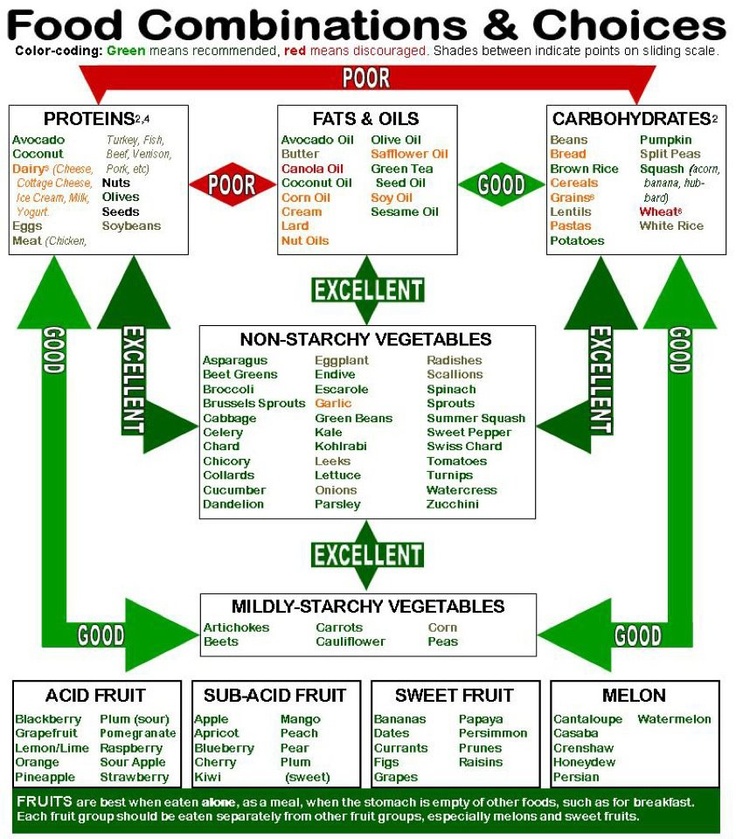 When buying, you need to pay attention to the leaves: they should not be spoiled.
When buying, you need to pay attention to the leaves: they should not be spoiled.
Culinary processing of cabbage
Cabbage can be cooked in boiled, fried, stewed, baked form, as well as in the form of cutlets, cue balls, schnitzels, etc. All cabbage dishes are prepared as independent dishes, some of which also serve as a side dish for hot and cold dishes.
How to cook cabbage: cold processing of cabbage
For white, red and savoy cabbage, soiled and discolored leaves are cut off, the head is cut in half, the stalk is removed, the head is cut into pieces of the appropriate shape and size and washed in water.
Clean the cauliflower from green leaves, cut off the stalk at the beginning of the branching of the head. The contaminated and yellowed surface of the head is scraped off with a knife or removed by rubbing the head with coarse salt, and then it is soaked for 10-15 minutes in salted water.
Brussels sprouts are cut from the stem, cleaned of damaged leaves, washed in water.
Cooking cabbage
Cooked cabbage: white, cauliflower, Brussels sprouts and Savoy cabbages are boiled until tender in boiling salted water (10 g of salt per 1 liter of water). Then they take it out with a slotted spoon, let the water drain and put it on a dish or on a plate. Brussels sprouts after cooking are thrown back on a sieve and cooled with water. It is better to boil white cabbage and Savoy cabbage not in water, but in a small amount of meat broth in a container with a lid.
Cabbage for salads
Housewives know how to cook raw cabbage. It is possible to prepare salads from a raw vegetable in combination with other products: vegetables, eggs, meat, sausages, even fruits. Such salads contain a lot of vitamins and minerals, because we use for their preparation products that have not been subjected to heat treatment, after which, as you know, most vitamins are destroyed. Now there are a lot of sites, books and magazines in which you can find salad recipes for every taste and budget.